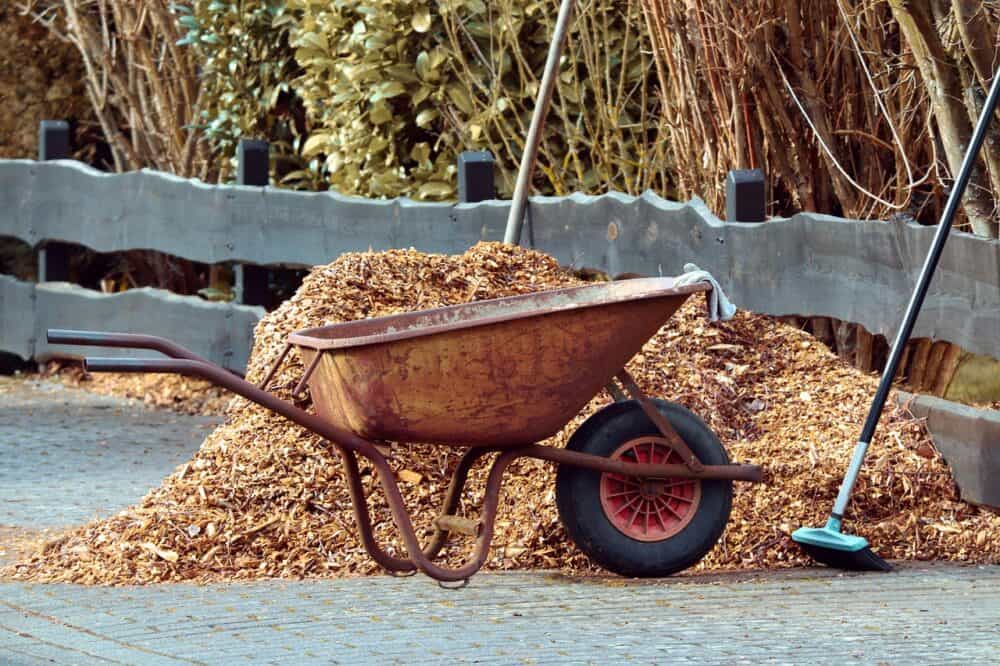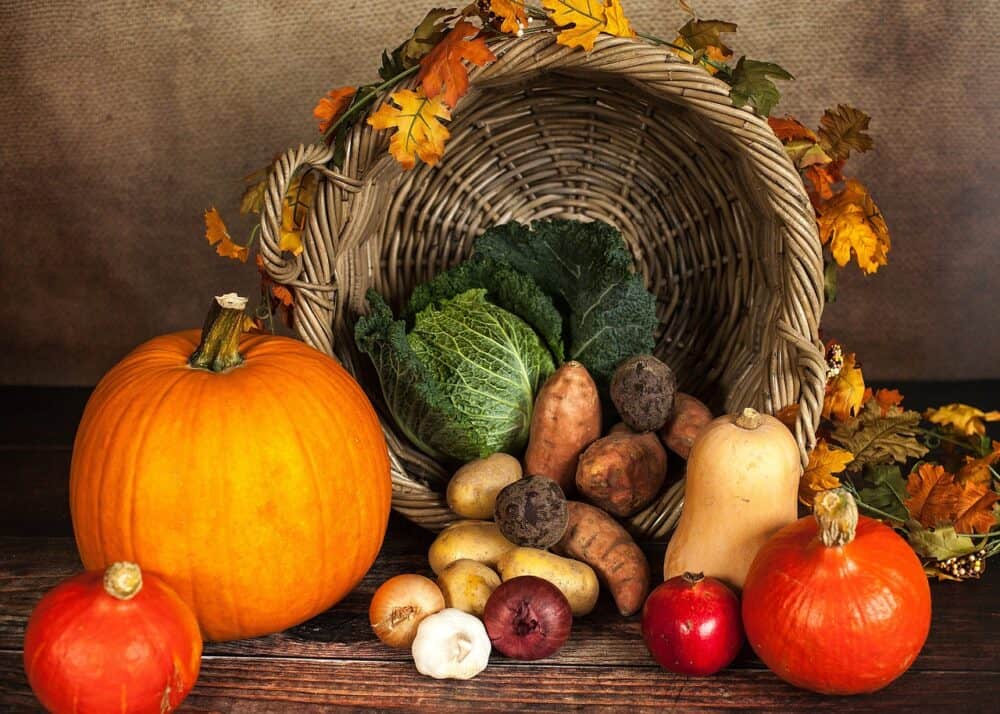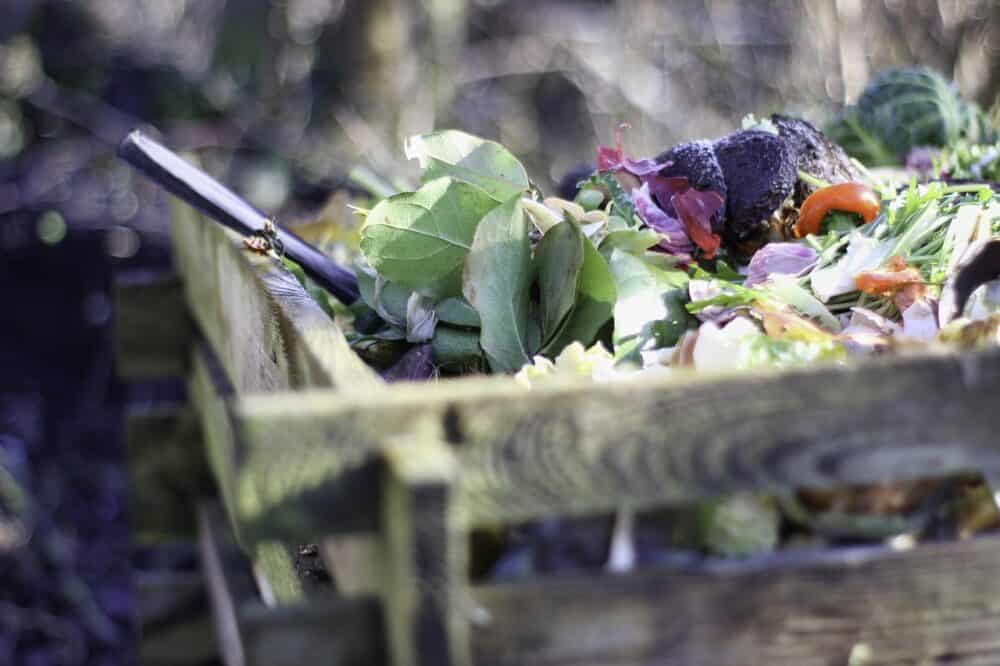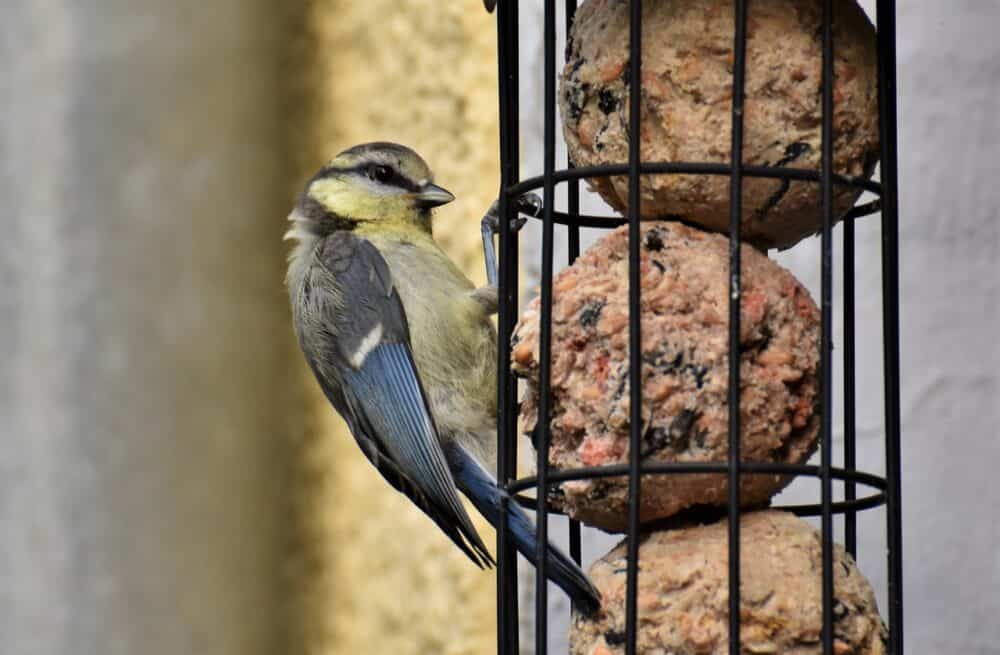
October Garden Tasks to Prepare Your Garden for Winter
Table of Contents
The October garden is the perfect time to give some much-needed attention as Autumn takes over and the air turns crisp. The change in season offers an opportunity to clean up, prepare for the colder months, and set the stage for a thriving garden next spring. Here’s a handy guide for what tasks you should be focusing on this month.
Clean Up Fallen Leaves

Fall leaves are beautiful, but they can smother your lawn and plants if left unchecked. Rake up fallen leaves regularly to prevent mold and diseases. However, instead of discarding them, compost those leaves or use them as mulch. They’ll break down over winter, adding nutrients back into the soil.
Prune Dead and Diseased Plants
October is the ideal time to prune back any dead, diseased, or damaged branches. This helps prevent pests and diseases from overwintering in your garden. Focus on perennials that are done blooming and shrubs that have become overgrown. Avoid heavy pruning of spring-flowering shrubs like Lilacs and Forsythia as they’ve already set their buds for next year.
Plant Winter Pansies

October is also an ideal time to plant Winter Pansies, providing color through the autumn and winter months. These hardy flowers can tolerate the colder weather and will bloom right through to early spring.
Plant Spring-Flowering Bulbs
If you want a colorful burst of flowers in early spring, October is the time to plant bulbs like Tulips, Daffodils, Crocuses, and Hyacinths. Plant them before the ground freezes, giving them enough time to establish roots. Plant bulbs about two to three times as deep as their height, with the pointy side up.
Prepare the Flower Garden
As summer draws to a close, it’s important to prepare your flower garden for the winter months. Cut back any dying leaves and stems before the first frost arrives. This ensures that autumn winds don’t cause damage, and it also reduces the risk of pests overwintering in your garden.
Cut Back Perennials
For plants that have finished flowering, now is the time to cut back the stems to ground level. Perennials, like Geraniums and Peonies, benefit from this tidying. Once you’ve cut them back, apply a layer of mulch to protect the roots through the colder months. Adding Mushroom compost or well-rotted manure helps enrich the soil, preparing it for vigorous growth next year. Consider leaving some plants, like ornamental Grasses and seed heads, standing for winter interest and to provide food for birds.
Prepare Your Soil for Spring

Now is the time to enrich your soil. Spread Compost, well-rotted Manure, or other Organic matter over your garden beds. Fall soil preparation ensures that nutrients will be absorbed over winter, giving your plants a nutrient-rich environment come spring.
Mulch Garden Beds
Mulching is crucial to protect your plants’ roots from temperature extremes and to retain moisture. Spread a layer of mulch—such as Shredded Leaves, Straw, or Bark—around Trees, Shrubs, and Perennials. This helps insulate the soil and keeps weeds at bay.
Bring In or Protect Potted Plants
Tender potted plants and herbs won’t survive the first frost. Bring them indoors or to a sheltered area like a greenhouse or porch. For larger containers that are too heavy to move, wrap them in burlap or bubble wrap to insulate the roots.
Vegetable Garden Jobs

There’s still plenty to do in the veg garden before the frost settles in. October marks the last chance to sow certain crops and get the garden ready for a productive spring.
Harvest Remaining Vegetables
Check your Vegetable garden for any remaining crops. Harvest root vegetables like Carrots, Beets, and Turnips before the ground freezes. Cold-hardy vegetables such as Kale, Spinach, and Brussels sprouts can withstand light frosts and may even taste sweeter after a cold spell.
Plant Spring Cabbage
For early crops next year, plant Spring Cabbage now. This hardy vegetable will establish itself before the cold sets in and will be ready to harvest as soon as the weather warms up.
Clear and Compost Summer Vegetables

As summer vegetables like Tomatoes, Beans, and Courgettes come to an end, it’s important to clear out old plants and add them to your compost heap. This will help prevent disease and pests from overwintering in the garden. If you haven’t already, it’s also a good time to check your greenhouse and make any necessary repairs or clean-ups.
Protect Veg from Early Frosts
Ensure you cover any remaining tender vegetables, such as Runner Beans, with cloches or fleece to protect them from early frosts. For crops like Carrots or Parsnips, you can leave them in the ground for a while longer, as a touch of frost can improve their flavor.
Plant Cover Crops
If you’ve cleared your Vegetable beds, consider planting cover crops such as Clover, Rye, or Vetch. These “green manures” will protect the soil from erosion over winter and add nutrients to the soil when turned under in the spring.
Set Up Cold Frames or Row Covers
If you enjoy extending your growing season, October is a great time to set up cold frames or row covers. These simple structures protect your plants from frost and help keep the soil warm, allowing you to grow cool-weather crops like Lettuce, Spinach, and Radishes well into late autumn.
Protect Wildlife: Bird Feeders and Nesting Spots

As the days grow shorter and food becomes scarcer, birds will rely more on bird feeders. October is an excellent time to clean and refill feeders to attract birds to your garden through the colder months. Not only will this help wildlife, but birds are also great at keeping pests like slugs and aphids under control.
Drain and Store Garden Hoses
With freezing temperatures on the horizon, drain and store your garden hoses. Leaving water in them can cause the hoses to crack when the water freezes and expands. Similarly, winterize your irrigation systems and shut off outdoor faucets to avoid freezing damage.
Clean and Sharpen Tools
Take the time to clean and sharpen your garden tools before storing them for the winter. Wash off any dirt, oil wooden handles, and sharpen blades to keep them in top condition. Clean tools prevent the spread of disease and will be ready for action when spring rolls around.
Feed Your Lawn
Fertilizing your lawn in October gives it the nutrients it needs to survive the Winter and bounce back green and healthy in spring. Choose a fertilizer with a good mix of Nitrogen, Potassium, and Phosphorus. This strengthens the roots and prepares your grass for dormancy.
Conclusion
October is a busy time in the garden, but the work you put in now will pay off come spring. As you clean up, prune, plant, and prepare, you’re not only safeguarding your garden for the cold months ahead but also setting the stage for healthy, vibrant growth in the next season. Take your time, enjoy the crisp autumn air, and make the most of this beautiful season in the garden.



